
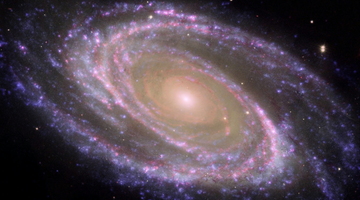
Astronomers studying space have two big problems: A lot of things in space seem invisible – they do not give out light we can see. Scientists cannot leave the Earth to go and collect pieces of ...
READ MORE
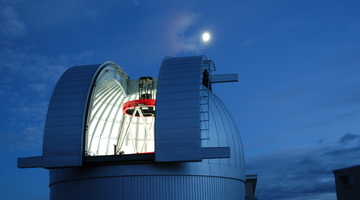
Hundreds of extrasolar planets (around other stars) have been found using several methods, including transit, ‘wobble’ and microlensing. New Zealand scientists are part of the hunt for extrasolar ...
READ MORE
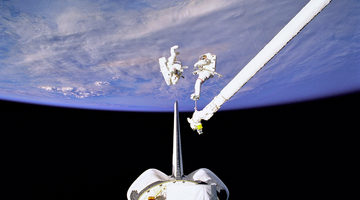
Distances in space are really, really big. The Voyager 1 spacecraft is heading out of our Solar System at 62,000 km per hour, but even at that speed, it would take it 77,000 years to reach the ...
READ MORE

In this activity, students explore the transit method of searching for planets. They plot graphs of light measurements from stars, searching for dimming that indicates the presence of a planet ...
READ MORE

Space debris is leftover rocket parts and non-functional satellites and any other machinery or debris left by humans. Humans have been launching rockets into space since the 1950s, and now, 70 ...
READ MORE
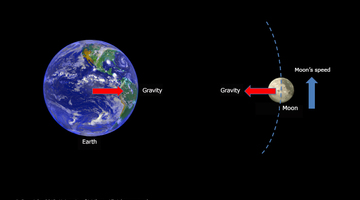
In this activity, students use a simple true or false interactive tool to categorise facts. This activity could be used as a formative activity to gather students prior knowledge and ...
READ MORE

Search data from NASA’s Kepler spacecraft for the dips in star light intensity caused by exoplanets – planets that orbit stars other than the Sun. As these exoplanets pass between the star and ...
READ MORE
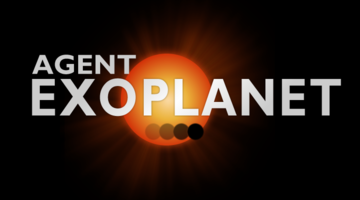
Help astronomers at Las Cumbres Observatory, California, study exoplanets – planets that orbit stars other than our Sun. Do this by interpreting images taken by their telescopes in Hawaii ...
READ MORE
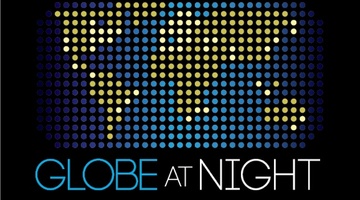
Globe at Night is an international citizen science campaign to raise public awareness of the impact of light pollution by inviting citizen scientists to measure and submit their night sky ...
READ MORE

In this online PD session recorded on 2 June 2016, Andrea Soanes from the Science Learning Hub was joined by three guest presenters – all inspirational women working in STEM – who shared their ...
READ MORE

When St Francis Xavier Catholic School decided on the theme ‘Innovation’ as a whole-school science and technology focus, year 3 teacher Jo Collyer began searching for relevant teaching resources ...
READ MORE
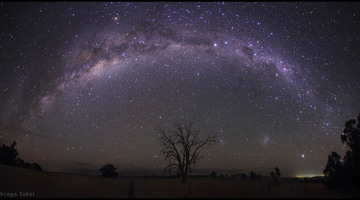
In this online PD session recorded in August 2015, secondary school teacher Steve Chrystall describes how he uses the Science Learning Hub’s satellites and rocket resources to teach space and ...
READ MORE
Dr Melanie Johnston-Hollitt, from Victoria University of Wellington, describes what black holes are. She also explains the importance to radio astronomers of black holes at the centres of galaxy ...
READ MORE
Dr Melanie Johnston-Hollitt, from Victoria University of Wellington, explains the difference between planets and stars, and the place of the Solar System in our galaxy.
READ MORE
Professor Denis Sullivan, from Victoria University of Wellington, explains why we can only detect extrasolar planets indirectly. He outlines the ‘wobble’ method of detecting planets around ...
READ MORE
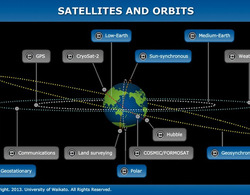
The size, orbit and design of a satellite depend on its purpose. In this interactive, scientists discuss the functions of various satellites and orbits. Accompanying fact files provide ...
READ MORE

Astronomers use telescopes that detect radiation from different parts of the electromagnetic spectrum. This interactive explains which part of the spectrum various telescopes are able to view and ...
READ MORE

Use this interactive graphic organiser to highlight common alternative conceptions about gravity and satellites. Students can place the labels where they think they belong. This activity can be ...
READ MORE